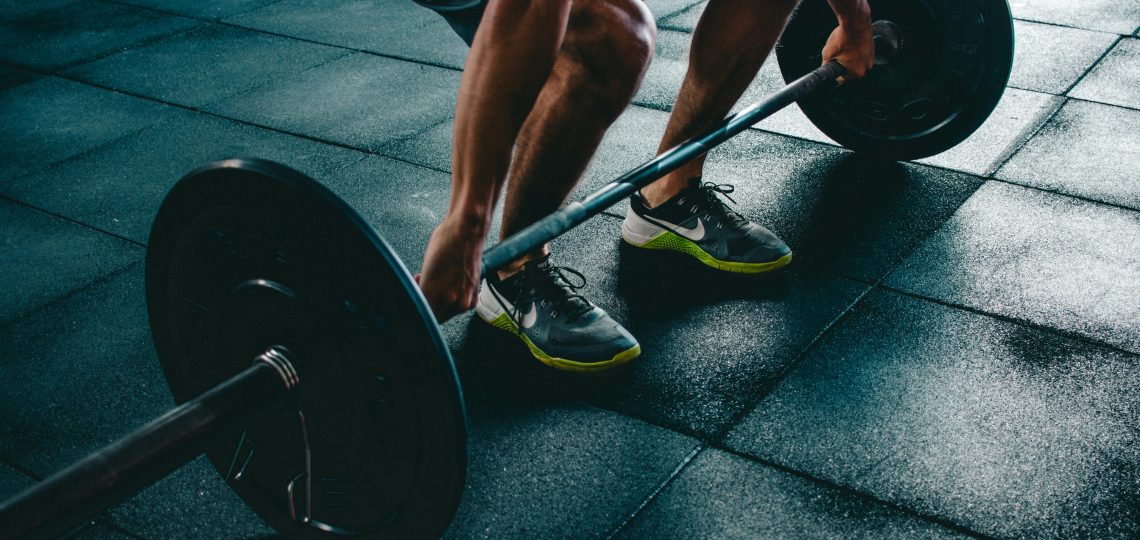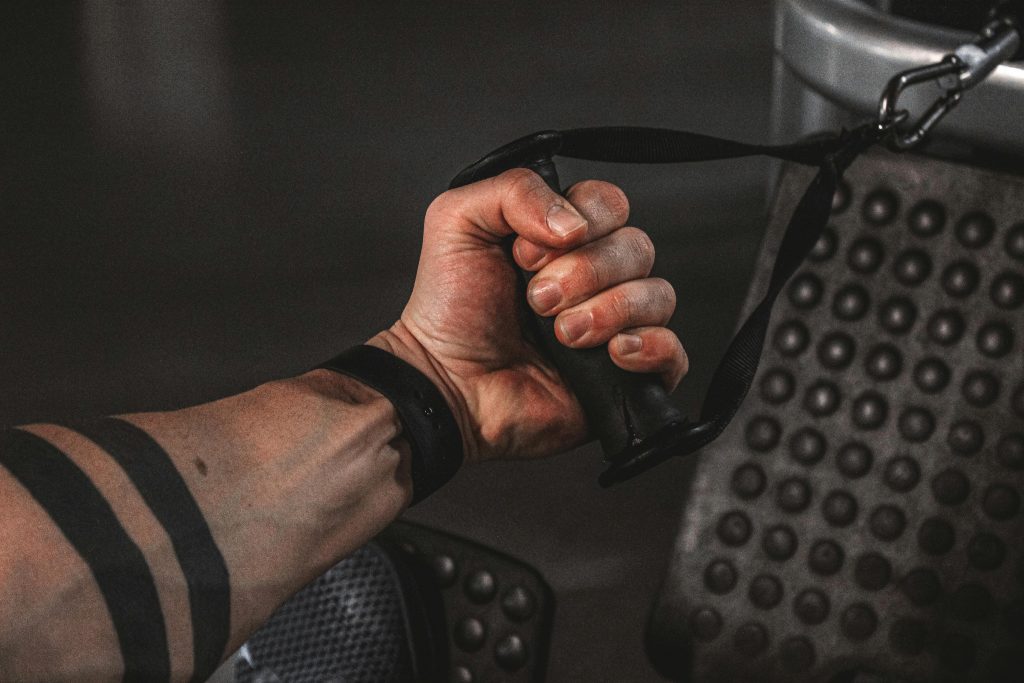
What Exercises Are Best for Building Muscle?
Building muscle—also known as hypertrophy—requires strategic training, proper nutrition, and recovery. While many exercises can contribute to muscle growth, some are significantly more effective due to how they target muscle groups, stimulate muscle fibers, and create mechanical tension. Understanding which exercises are best for building muscle can help you train more efficiently and get better results.
The Science Behind Muscle Growth
Before diving into specific exercises, it’s important to understand the mechanisms of muscle growth:
Mechanical Tension: The force placed on a muscle during resistance training. Heavier weights and slower reps increase tension.
Muscle Damage: Microtears in muscle fibers that occur during training and are repaired, leading to growth.
Metabolic Stress: The “burn” or fatigue from high-rep training and short rest periods, which contributes to hypertrophy.
An effective muscle-building program typically uses compound lifts to apply mechanical tension and accessory work for volume and metabolic stress.
1. Compound Exercises: The Foundation of Muscle Growth
Compound movements engage multiple joints and muscle groups simultaneously. They are the most efficient for building size and strength across the entire body.
A. Squats
Muscles worked: Quads, hamstrings, glutes, lower back, core.
Why they work: Squats place heavy mechanical tension on the lower body and activate large muscle groups.
Variations: Back squat, front squat, goblet squat, Bulgarian split squat.
B. Deadlifts
Muscles worked: Glutes, hamstrings, lower back, traps, forearms, core.
Why they work: Deadlifts build posterior chain strength and grip, and stimulate growth hormone release.
Variations: Conventional, sumo, Romanian, trap bar deadlifts.
C. Bench Press
Muscles worked: Chest, shoulders, triceps.
Why it works: A fundamental upper-body pressing movement with potential for heavy loads and volume.
Variations: Barbell, dumbbell, incline, decline bench press.
D. Pull-Ups / Chin-Ups
Muscles worked: Lats, biceps, upper back, core.
Why they work: Excellent for upper-body pulling strength, engaging multiple upper body muscles.
Variations: Weighted, assisted, wide-grip, neutral-grip.
E. Overhead Press
Muscles worked: Shoulders, upper chest, triceps, core.
Why it works: A compound pressing movement that builds deltoid size and stability.
Variations: Barbell overhead press, dumbbell shoulder press, Arnold press.

2. Isolation Exercises: Targeted Muscle Hypertrophy
Isolation exercises target a single muscle group. They are less taxing on the nervous system and ideal for increasing volume and refining weak points.
A. Bicep Curls
Muscles worked: Biceps.
Why they work: High-volume curls isolate the biceps for growth and definition.
Variations: Barbell, dumbbell, preacher curls, concentration curls.
B. Triceps Extensions
Muscles worked: Triceps.
Why they work: Allows full elbow extension and triceps activation.
Variations: Overhead extensions, skull crushers, pushdowns.
C. Lateral Raises
Muscles worked: Lateral deltoids.
Why they work: Essential for building shoulder width and symmetry.
Variations: Dumbbell, cable, machine lateral raises.
D. Leg Extensions / Leg Curls
Muscles worked: Quads (extensions), hamstrings (curls).
Why they work: Isolate individual muscles in the legs for focused hypertrophy.
Variations: Seated, lying, or standing machines.
E. Calf Raises
Muscles worked: Calves.
Why they work: High-rep training can effectively target slow-twitch fibers in the calves.
Variations: Standing, seated, donkey calf raises.
3. Bodyweight Exercises: Versatile and Scalable
Bodyweight exercises can be just as effective as weights for hypertrophy when performed with proper intensity, volume, and progression.
A. Push-Ups
Great for chest, shoulders, and triceps.
Variations like archer push-ups, feet-elevated push-ups, or ring push-ups increase difficulty.
B. Dips
Focus on triceps, chest, and shoulders.
Weighted dips make this a powerful mass-building movement.
C. Pistol Squats
A single-leg squat variation that challenges the quads, glutes, and balance.
D. Inverted Rows
Strengthen the upper back and biceps.
Easily modified with angle and body position.

4. Machines and Cables: Controlled and Effective
Machines and cables provide constant tension and a controlled range of motion, making them useful for safely isolating muscles.
Cable Machines
Great for triceps pushdowns, cable flyes, face pulls, and cable rows.
Allow continuous resistance and versatile angles.
Resistance Machines
Chest press, lat pulldown, leg press, and pec deck machines are ideal for beginners and advanced athletes alike.
Reduce injury risk while maintaining tension on the target muscles.
5. Progressive Overload: The Principle That Matters Most
No exercise will build muscle unless you’re progressively overloading your muscles. This means:
Increasing weight over time.
Performing more reps or sets.
Reducing rest time between sets.
Improving form and range of motion.
Tracking your progress and consistently challenging your body is key to sustained muscle growth.
Sample Weekly Muscle-Building Split (Push/Pull/Legs)
| Day | Focus | Example Exercises |
|---|---|---|
| Monday | Push | Bench press, overhead press, triceps dips |
| Tuesday | Pull | Deadlifts, pull-ups, barbell curls |
| Wednesday | Rest | Active recovery or full rest |
| Thursday | Legs | Squats, leg press, calf raises |
| Friday | Push | Incline dumbbell press, lateral raises |
| Saturday | Pull | Rows, chin-ups, face pulls |
| Sunday | Rest | Yoga, stretching, or full rest |
Final Tips for Building Muscle
Nutrition matters: Consume enough protein (0.7–1g per pound of body weight), and maintain a slight calorie surplus.
Sleep and recovery: Aim for 7–9 hours of sleep. Muscles grow during rest, not just during workouts.
Consistency is key: Stick with a program for at least 8–12 weeks to see meaningful changes.
Conclusion
The best exercises for building muscle are a mix of heavy compound lifts, targeted isolation movements, and properly programmed bodyweight or machine exercises. While each body is different, applying the principles of progressive overload and training intensity will yield results over time. Prioritize technique, consistency, and recovery—and muscle growth will follow.